The Earth Space Mining Sensor Market is currently characterized by a dynamic competitive landscape, driven by technological advancements and increasing interest in extraterrestrial resource extraction. Key players such as Planet Labs (US), Astrobotic Technology (US), and SpaceX (US) are at the forefront, each adopting distinct strategies to enhance their market positioning. Planet Labs (US) focuses on leveraging its satellite imaging technology to provide critical data for mining operations, while Astrobotic Technology (US) emphasizes partnerships with governmental and commercial entities to facilitate lunar exploration. SpaceX (US), on the other hand, is concentrating on reducing launch costs through its reusable rocket technology, thereby enabling more frequent and economically viable missions to space. Collectively, these strategies contribute to a competitive environment that is increasingly collaborative yet fiercely innovative.
In terms of business tactics, companies are localizing manufacturing and optimizing supply chains to enhance operational efficiency. The market appears moderately fragmented, with several players vying for dominance while also collaborating on various projects. This structure allows for a diverse range of technologies and approaches to coexist, fostering an environment where innovation can thrive. The collective influence of these key players is shaping the market, as they navigate the complexities of space mining and sensor technology.
In August 2025, Planet Labs (US) announced a partnership with NASA to develop advanced imaging sensors specifically designed for lunar resource mapping. This collaboration is strategically significant as it not only enhances Planet Labs' technological capabilities but also positions the company as a key player in the burgeoning lunar mining sector. The integration of NASA's expertise with Planet Labs' innovative imaging solutions could potentially lead to breakthroughs in identifying valuable resources on the Moon.
In September 2025, Astrobotic Technology (US) secured a contract with a major aerospace firm to supply sensors for its lunar lander missions. This move underscores Astrobotic's commitment to expanding its operational footprint and enhancing its technological offerings. By aligning with established aerospace entities, Astrobotic is likely to bolster its credibility and market reach, which may facilitate further partnerships and opportunities in the space mining domain.
In October 2025, SpaceX (US) successfully launched a mission aimed at deploying a new generation of mining sensors designed to operate in extreme extraterrestrial environments. This launch is pivotal as it demonstrates SpaceX's ongoing commitment to innovation and its ability to deliver cutting-edge technology to the market. The successful deployment of these sensors could significantly enhance the efficiency and effectiveness of future mining operations, thereby solidifying SpaceX's leadership position in the Earth Space Mining Sensor Market.
As of October 2025, current competitive trends indicate a strong emphasis on digitalization, sustainability, and the integration of artificial intelligence within the Earth Space Mining Sensor Market. Strategic alliances are increasingly shaping the landscape, as companies recognize the value of collaboration in overcoming the challenges associated with space exploration. Looking ahead, competitive differentiation is likely to evolve, with a shift from traditional price-based competition towards a focus on innovation, technological advancement, and supply chain reliability. This transition may redefine the parameters of success in the market, as companies strive to leverage their unique capabilities to gain a competitive edge.

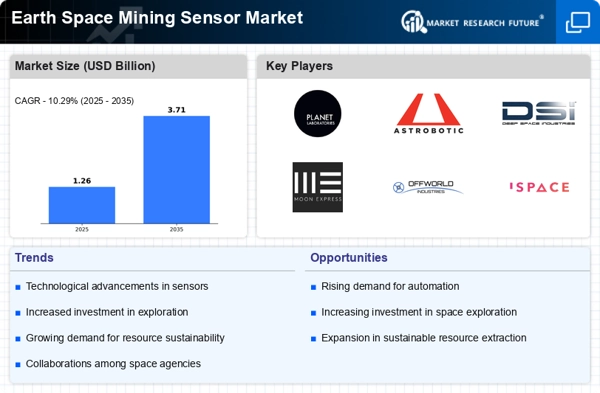
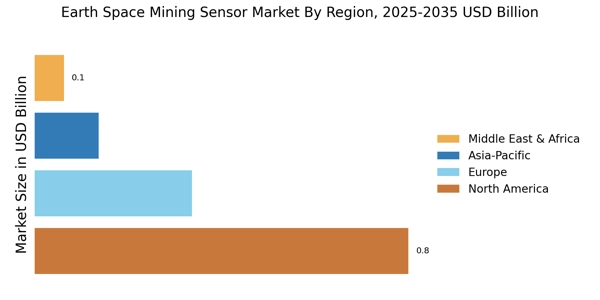
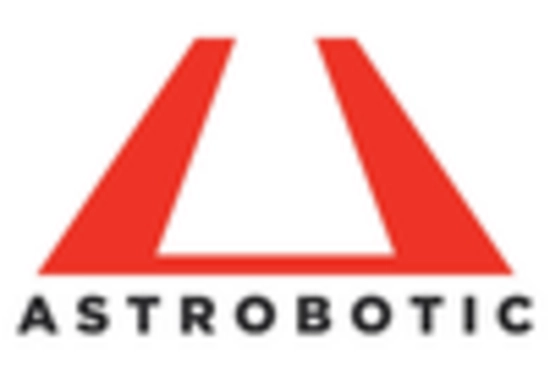
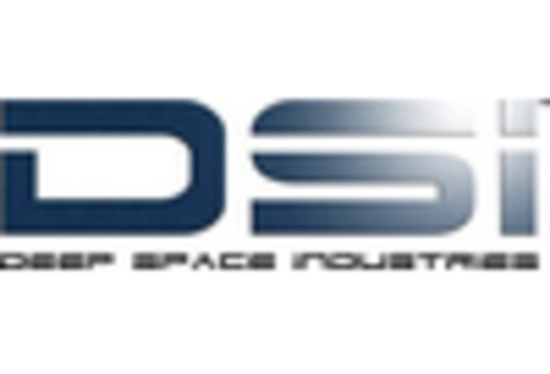

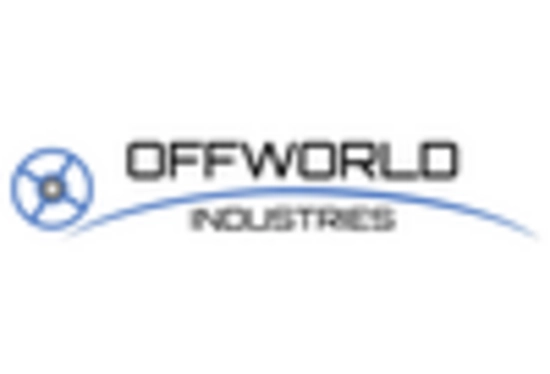
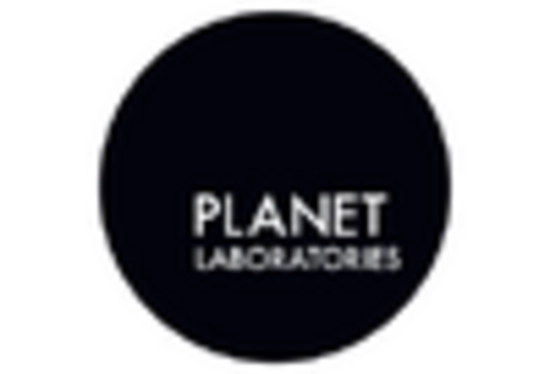









Leave a Comment